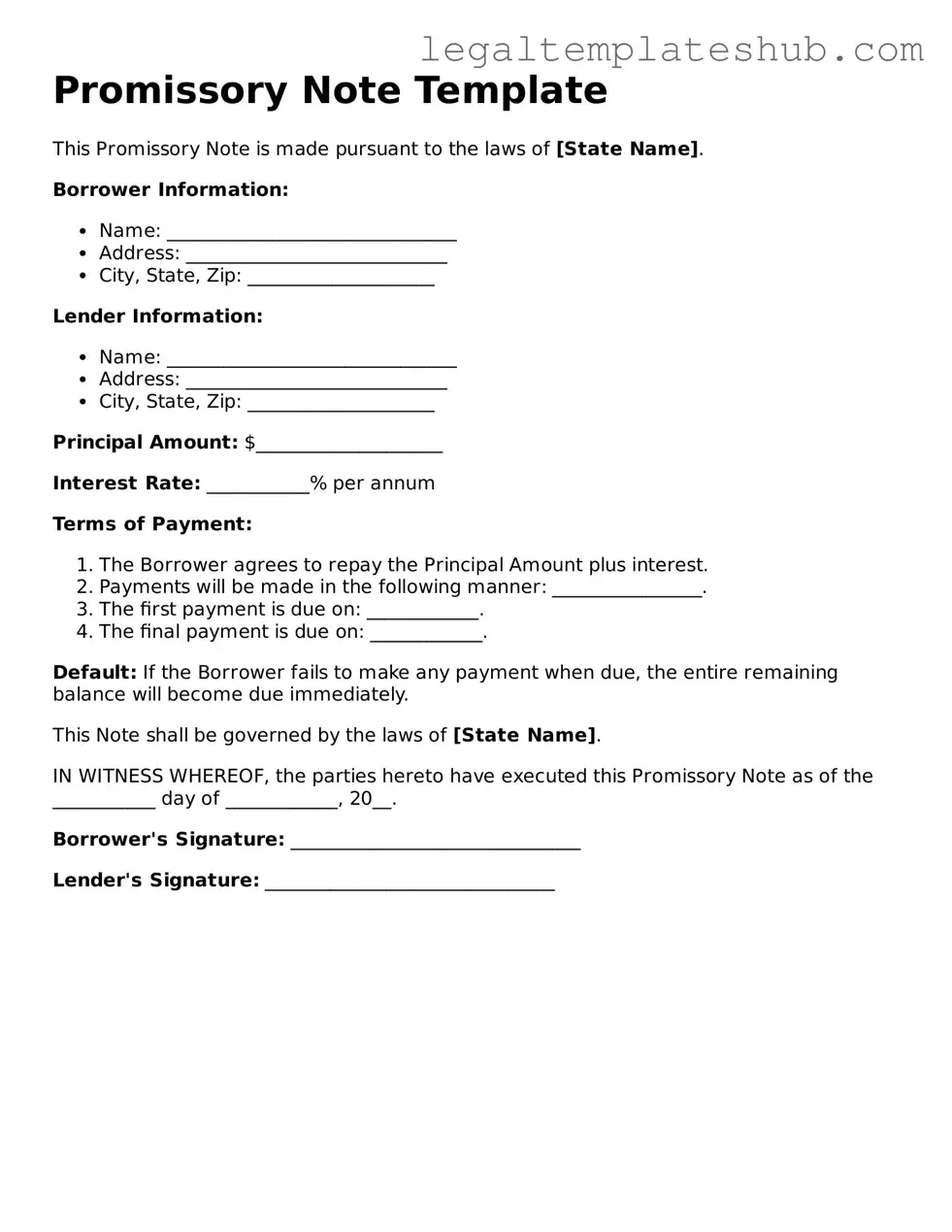Printable Promissory Note Template
A Promissory Note is a written promise to pay a specified amount of money to a designated person or entity at a future date or on demand. This financial document outlines the terms of the loan, including the interest rate, repayment schedule, and any collateral involved. Understanding how to properly fill out this form is crucial for both lenders and borrowers to ensure clarity and legal protection.
Ready to take the next step? Fill out the form by clicking the button below.
Access Editor
